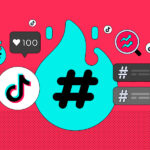2025 is here, but the digital and social media landscape keeps evolving. Last year, short-form content took over, with creators mastering the three-second rule to instantly grab attention. People started valuing more personal and meaningful interactions, leading to a rise in micro and nano influencers. AI also became a powerful tool, not only streamlining creative work but also creating AI influencers into cost-efficient, customizable marketing tools that brands can control and adapt with ease.
Rather than being replaced by new trends, these trends are growing and unlocking even more opportunities in 2025. So, what’s next?
Combination of In-House Talents and Influencers in Building Brand Persona
As consumers increasingly trust micro and nano influencers, especially on TikTok, live shopping has transformed social commerce, allowing in-house talents to profit by engaging buyers in real-time. More brands are creating their own “influencers” to maintain authenticity and reduce reliance on external influencers.
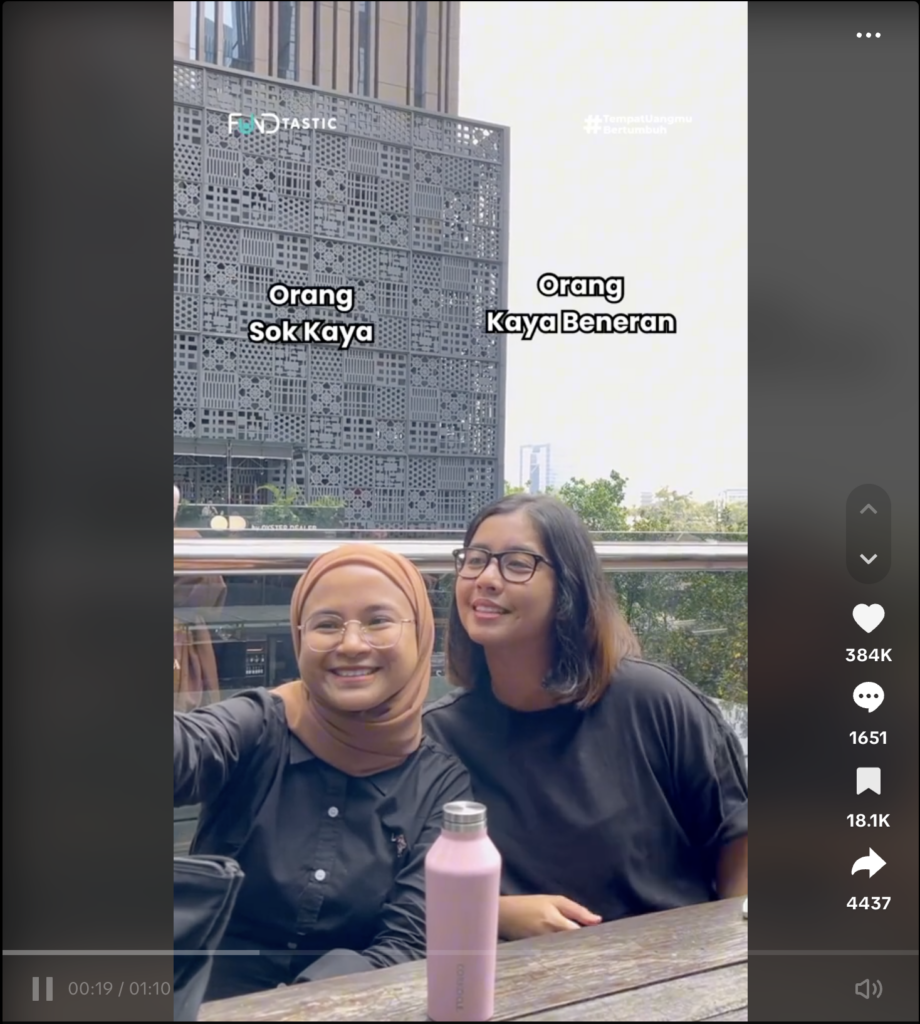
For example, Fundtastic, an investment app, uses two in-house talents to represent different financial mindsets: “new money” who easily spends on trendy things and “old money” who understands financial stability and investment. This is to help the audience understand different spending habits. Similarly, Tenue de Attire, a local fashion brand strengthens its brand presence by consistently featuring Rahman Permana in cosplay-style content riding to trending moments or viral personas with their products.
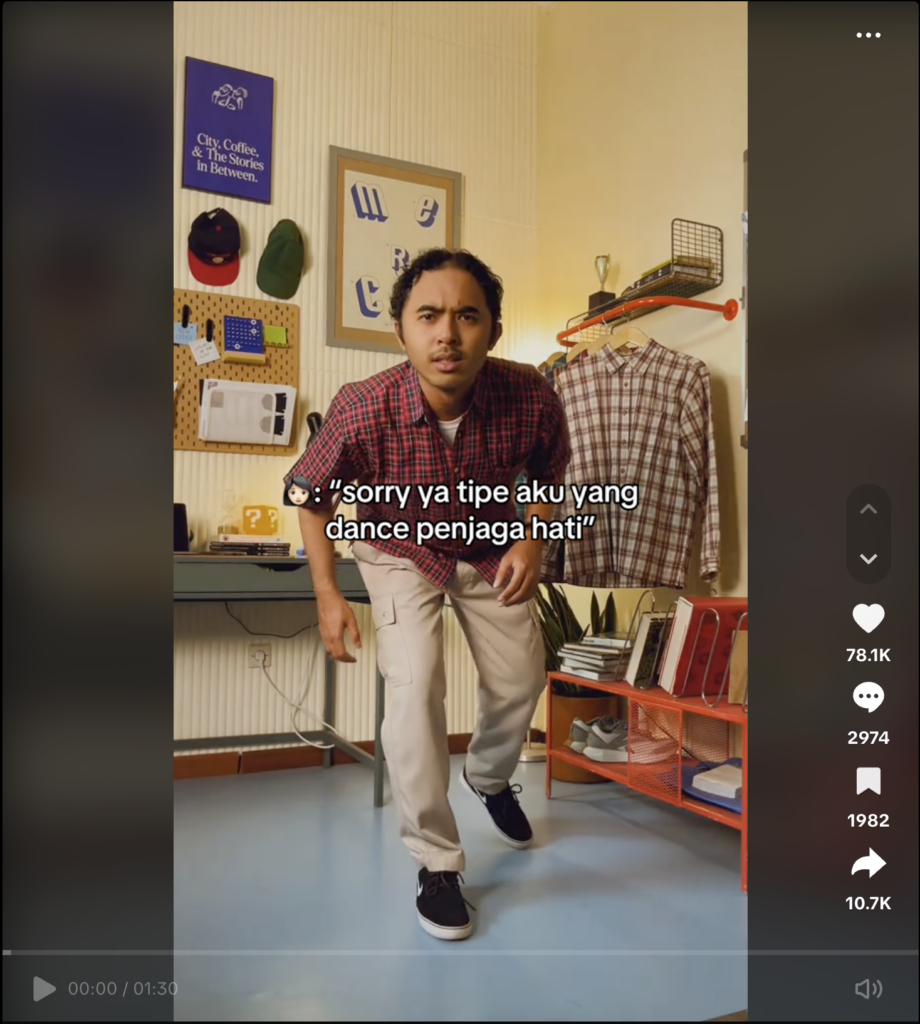
While maintaining their brand persona through in-house talents, this doesn’t mean brands should abandon influencer marketing altogether. Influencers and KOLs can expand brand awareness and reach their established audience. With a strategic and well-observed approach, brands can create impactful communication that balances both in-house and influencer efforts effectively.
YONO and Purpose-Driven Campaigns
With live shopping and affiliate influencers becoming the marketing tools for every brand, a new trend emerged as a sign of fatigue with consumerism.
You Only Need One or YONO is the opposite of YOLO (You Only Live Once) and encourages people to buy only what they really need, instead of hoarding cheap, short-lived items. Influencers are now promoting simple and mindful shopping, choosing high-quality products that last longer and support eco-friendly lifestyles, just like Casriani does on her TikTok page, who is currently trending and often seen at everyone’s FYP.
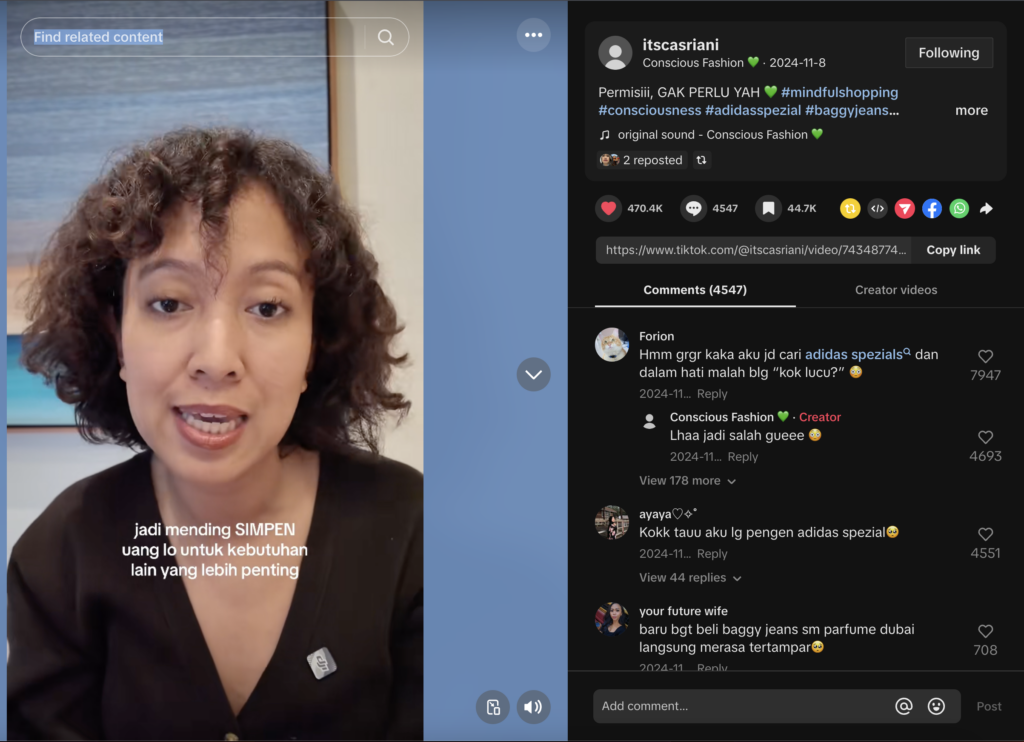
These influencers are not only promoting eco-friendly products but also talking about important social issues. This helps brands rethink their communication strategy to build a good reputation, gain customer trust, and create long-term loyalty from the audience.
YouTube’s Comeback: The Return of Long-Form Content
Short-form content will continue to thrive in 2025, but audiences are increasingly seeking in-depth stories. The surge of misleading short clips has prompted many creators to pivot towards long-form videos, offering more accurate and comprehensive storytelling.
In Indonesia, influencers diversify their content by embracing different formats like podcasts, talk shows, and live streaming to maintain engagement. This shift has also extended to former radio announcers, who are leveraging TikTok Live to host discussions on various topics.
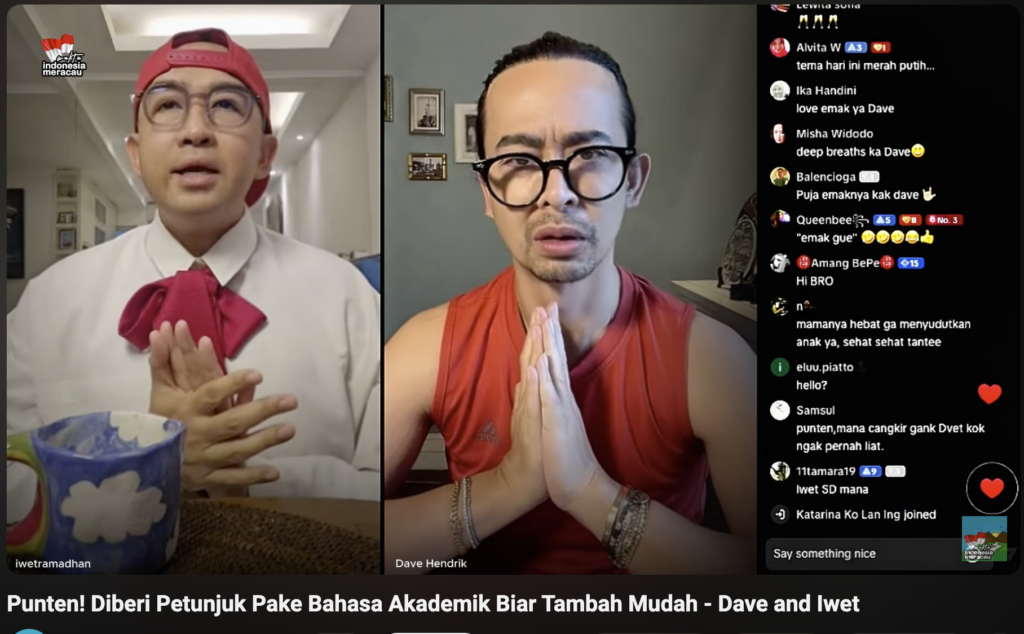
A notable example is Dave Hendrik and Iwet Ramadhan, who started Dvet Siaran Pagi on TikTok last year and expanded to YouTube podcasts in early 2025. Their success has inspired fellow announcers like Indy Barends and Indra Bekti to experiment with TikTok Live in similar ways.
Meanwhile, YouTube is regaining momentum by offering both short-form (Shorts) and long-form content, reinforcing its role as a dynamic and reliable platform. Many creators now use Shorts as teasers to drive traffic to their full-length videos. This strategic shift has even fueled YouTube comebacks, with creators like Fathia Izzati returning to the platform after reassessing social media algorithms and audience behaviors.
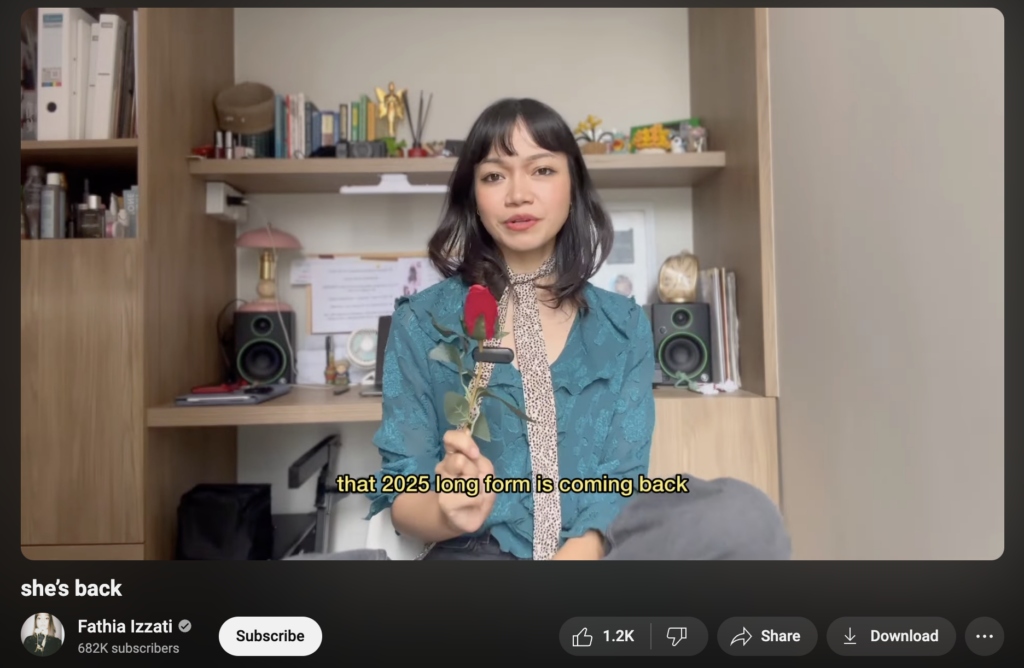
Now is the time to rethink your influencer strategy: how will your brand build deeper connections and create impact in this evolving digital landscape?
Influencer marketing in Indonesia is shifting, with authenticity, sustainability, and deeper engagement taking center stage. Audiences are no longer drawn to polished content, instead, they crave real connections, turning to niche influencers and communities that feel more relatable.
As the digital landscape evolves, brands must shift their focus from simply “selling” products to communicating relevance and deeper narratives. The key to staying ahead in 2025 is understanding what truly matters to audiences, fostering real engagement, and embracing platforms that support richer storytelling.
Written by Inezka Ramadani, Sr. Associate – KOL & Community Outreach


